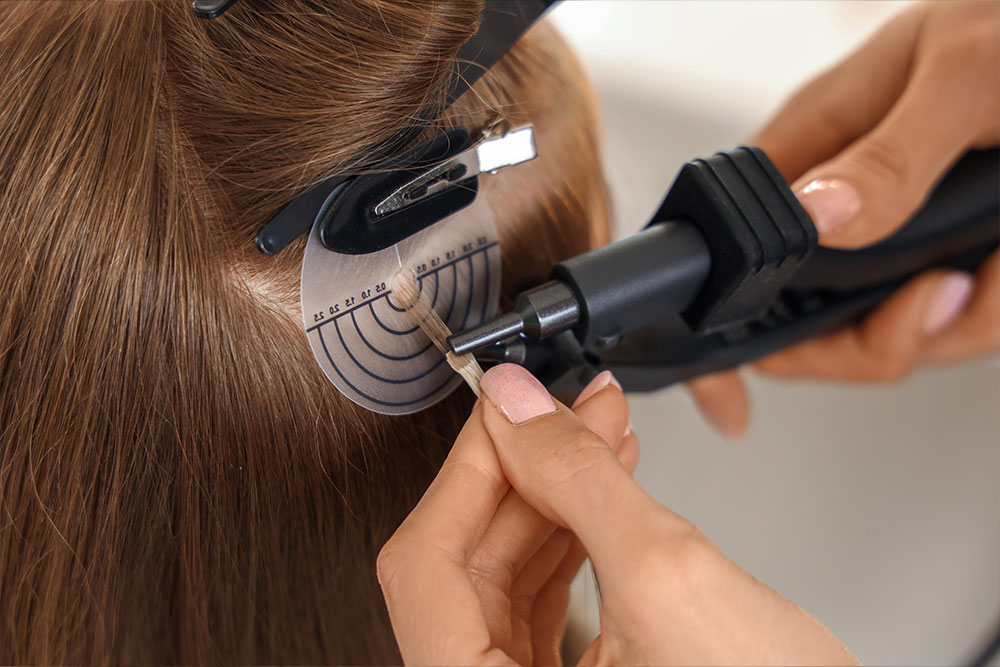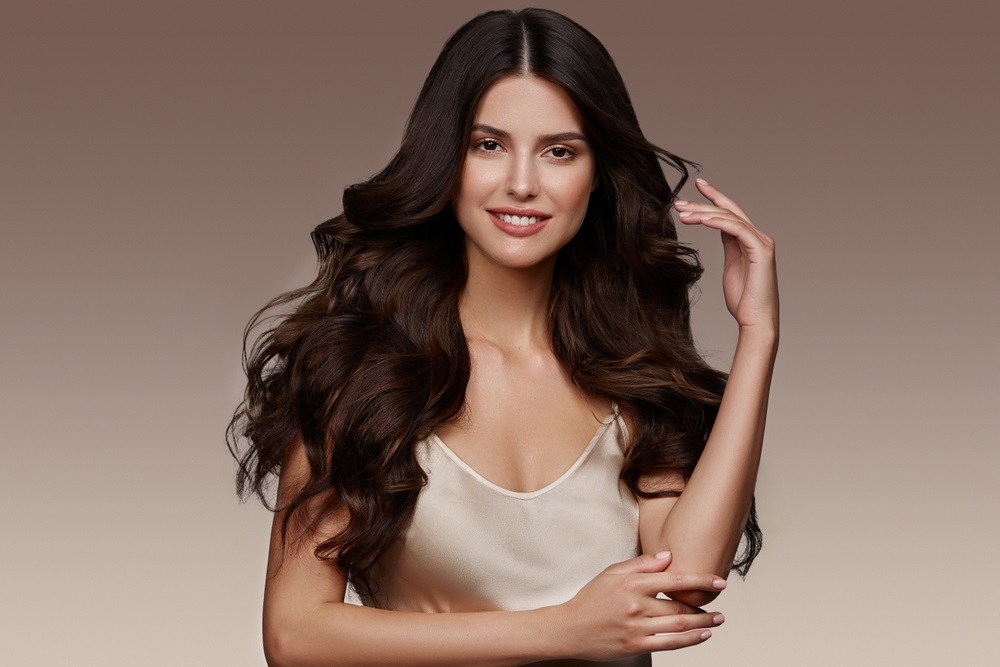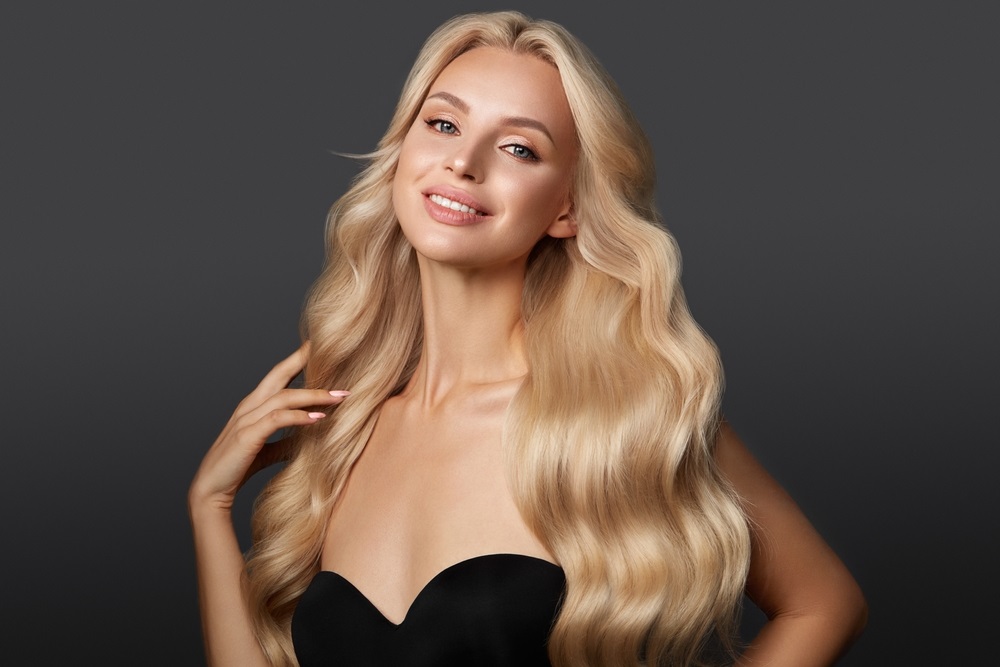
Can You Wear Extensions in Really Short Hair?
Hair extensions have long been associated with adding length and volume to long hair, but can they work for really short hair? The answer is a resounding yes! With the right techniques, types of extensions, and professional application, even those with very short hair can enjoy the benefits of hair extensions. This guide by Panache CK covers everything from choosing the right extensions to applying and maintaining them for a flawless look.
What Are Hair Extensions?
Hair extensions are artificial or natural hair strands designed to add length, volume, or texture to your existing hair.
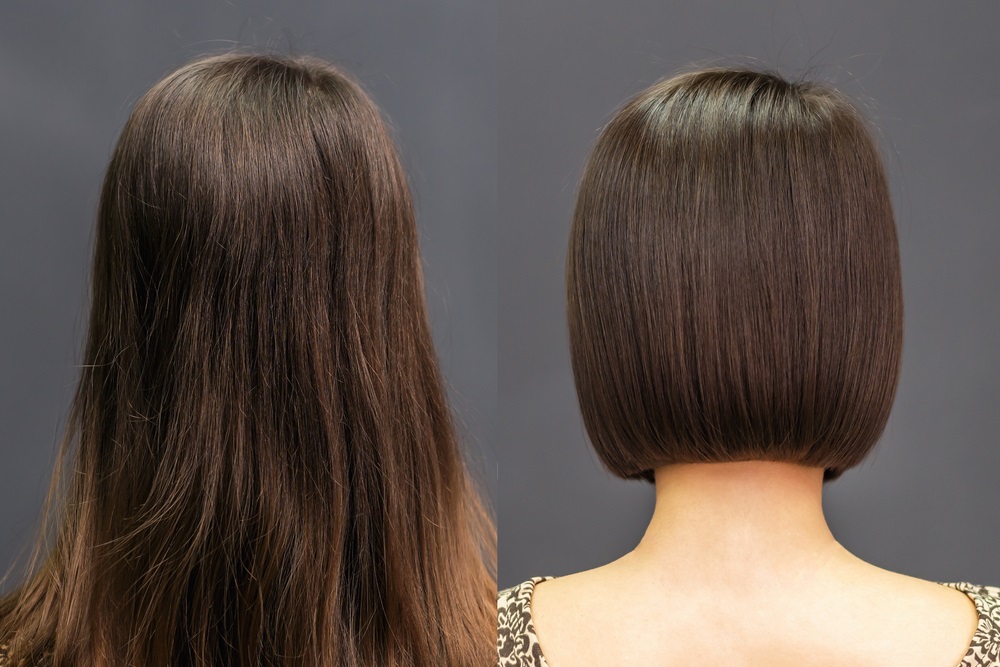
They are applied using various methods, including clip-ins, tape-ins, sew-ins, and more permanent techniques. Extensions can be made from synthetic fibers or 100% human hair, with human hair providing the most natural appearance and styling flexibility. When applied by a skilled stylist, extensions blend seamlessly, even in very short hair.
Can You Wear Extensions in Really Short Hair?
Yes, you can wear extensions in really short hair, but it requires selecting the right type of extensions and professional application techniques. The key is ensuring your natural hair is long enough to provide a secure attachment point. Typically, hair that is at least 3-4 inches long can support extensions. With proper blending and styling, even very short hair can look longer, fuller, and more voluminous.
Best Types of Extensions for Really Short Hair
Choosing the right type of hair extensions is essential to achieve a natural and seamless look. Extensions must be lightweight, discreet, and easy to blend with short hair.
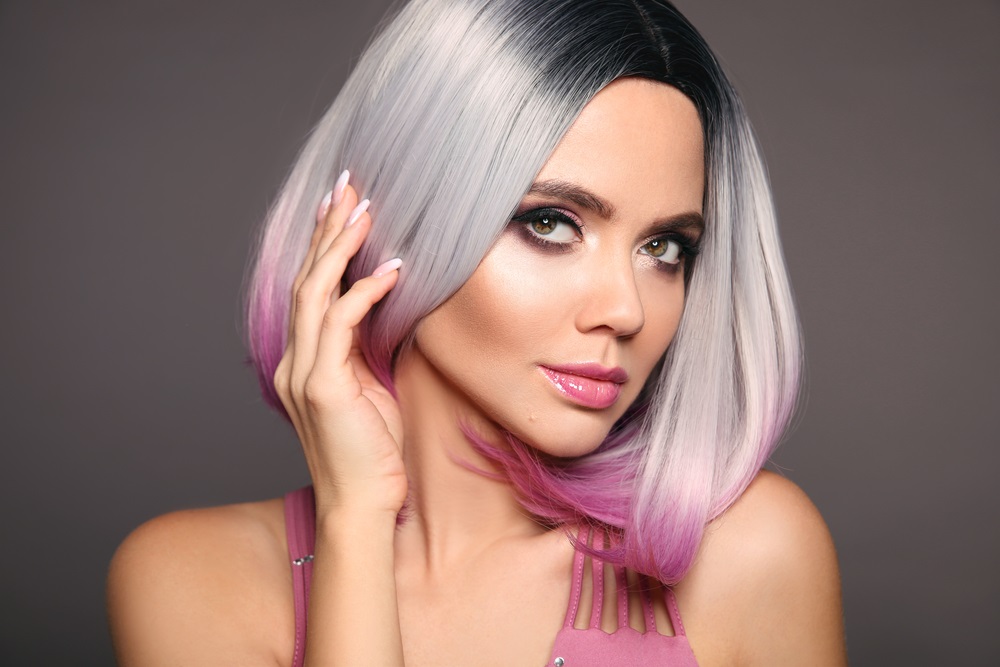
Tape-In Extensions
Tape-in extensions are a top choice for short hair because of their thin, flat design. They are applied using adhesive strips that lie close to the scalp, making them virtually undetectable. The lightweight nature of tape-in extensions prevents stress on natural hair, making them a comfortable option for everyday wear. With proper care, they can last up to eight weeks before requiring reapplication.
Hand-Tied or Sew-In Extensions
Hand-tied extensions are ideal for people with thicker, short hair. The stylist creates small braids close to the scalp and sews wefts of hair onto the braids. This method is secure and provides long-lasting results, making it suitable for those looking for a semi-permanent solution. However, it’s essential to ensure the natural hair is strong enough to support the extensions without causing breakage.
Micro-Link Extensions
Micro-link extensions, also known as I-tip extensions, use small beads to attach individual hair strands to your natural hair. This technique works well for people with very short hair, provided the hair is thick enough to hold the beads securely. Professional installation is crucial to prevent damage and ensure the extensions stay in place.
Clip-In Extensions
Clip-in extensions are perfect for temporary hair transformations. They come in various lengths and textures, allowing users to add length and volume instantly. People with short hair should opt for clip-ins with smaller wefts designed specifically for short hair. While clip-ins are easy to apply, they must be removed before sleeping to prevent tangling.
Fusion Extensions
Fusion extensions are attached using keratin bonds that are fused to natural hair using heat. This method creates a natural and long-lasting look, making it ideal for very short hair. However, it requires professional application and regular maintenance appointments to keep the extensions looking fresh and secure.
How to Choose the Right Hair Extensions for Short Hair
Selecting the right hair extensions for short hair involves considering several factors, including hair length, texture, and the desired style. These considerations help ensure a natural and flattering result.
Hair Length Considerations
The minimum hair length required for extensions is typically 3-4 inches. This length provides enough hair for secure attachment while allowing for seamless blending. If your hair is shorter than this, certain specialized extension techniques can still be used, but professional consultation is essential.
Hair Texture and Type
Matching the hair texture of your extensions to your natural hair is crucial for a cohesive look. People with curly hair should choose curly extensions, while those with straight hair should select straight extensions. Extensions that closely resemble your hair’s texture blend more naturally and require less daily maintenance.
Desired Look and Style
Consider your styling goals when selecting extensions. If you want additional length, choose longer extensions. For added volume, opt for thicker extensions. Custom-colored extensions can also be used to create highlights or lowlights without chemical processing.
Extension Material: Human Hair vs. Synthetic Hair
When choosing between human hair and synthetic hair extensions, it’s essential to consider your styling needs and budget. Human hair extensions look the most natural and can be heat-styled, colored, and washed like your own hair. Synthetic hair extensions are more affordable but cannot be heat-styled or colored, making them better for occasional use.
How to Apply Extensions in Really Short Hair
Applying extensions to very short hair requires skill and precision.
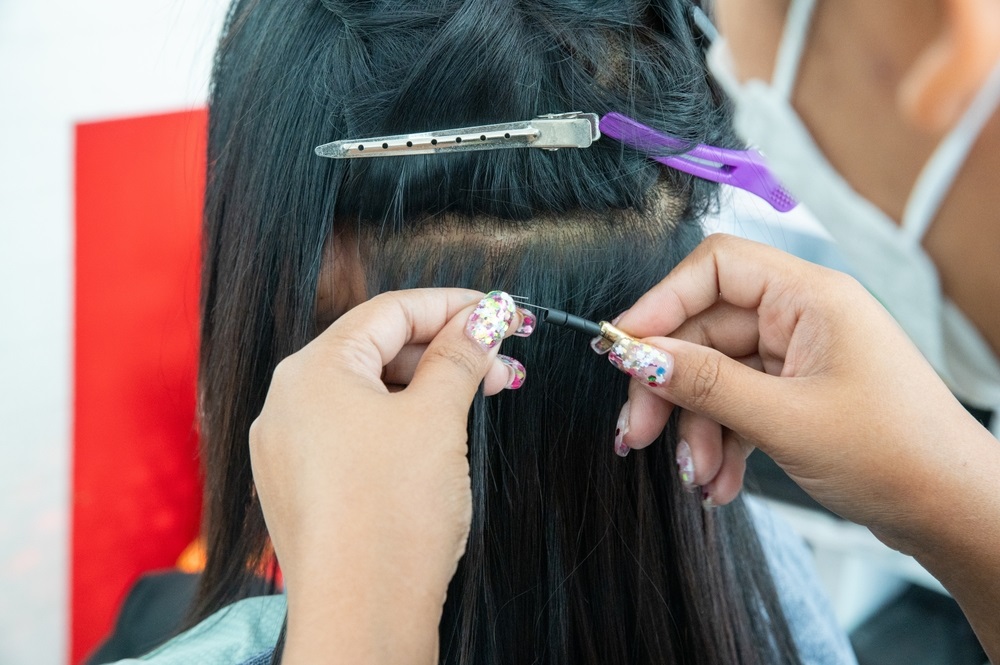
Proper application ensures the extensions stay secure and blend naturally.
Step 1: Prepare Your Hair
Begin by washing and drying your hair to ensure it’s free of oils and styling products. Use a heat protectant spray if you plan to use heat-styling tools during the process. Comb through your hair to remove any knots or tangles.
Step 2: Section the Hair
Create small, even sections using hair clips. Working in sections makes the application process more manageable and ensures a clean, even result. Start at the nape of the neck and work upward.
Step 3: Apply Extensions
Depending on the type of extensions, apply them one section at a time. Tape-ins should be pressed firmly near the roots, while clip-ins should be securely fastened. Micro-links and fusion extensions require professional application to avoid damage and ensure longevity.
Step 4: Blend and Style
After applying the extensions, blend them with your natural hair using a flat iron, curling wand, or blow-dryer. A professional stylist can cut and layer the extensions for an even more seamless look.
How to Care for Extensions in Really Short Hair
Caring for hair extensions is essential to keep them looking fresh, shiny, and long-lasting. Proper maintenance prevents tangling, dryness, and damage while ensuring that your extensions blend seamlessly with your natural hair. Here’s how to keep your extensions in perfect condition:
Washing and Conditioning
Regular washing is essential for keeping hair extensions clean and free from buildup. Use a sulfate-free shampoo to gently cleanse your hair without stripping its natural oils. Focus on washing your natural hair while allowing the shampoo to run through the extensions. Apply conditioner only to the mid-lengths and ends of the extensions, avoiding the roots to prevent the extensions from slipping or loosening. Rinse thoroughly with lukewarm water and let the hair air dry whenever possible to maintain its natural texture.
Brushing and Styling
Brushing your extensions regularly prevents tangles and maintains their smooth appearance. Use a wide-tooth comb or a specialized hair extension brush to detangle gently. Start at the ends and work your way up to avoid pulling or breaking the hair. When styling, always use a heat protectant spray to minimize heat damage. Stick to lower heat settings on flat irons, curling wands, and blow-dryers to extend the life of your extensions.
Avoiding Product Build-Up
Limit the use of heavy styling products like gels, hairsprays, and mousses, as they can cause product buildup and weigh down the extensions. Opt for lightweight, alcohol-free products that maintain softness and shine. If buildup occurs, use a clarifying shampoo occasionally, but avoid over-washing, which can dry out the extensions.
Nighttime Protection
Sleeping with loose hair can cause tangling and hair breakage. Before bed, tie your hair into a loose braid or ponytail to minimize friction. Consider using a silk or satin pillowcase to reduce friction further and keep your hair smooth and tangle-free. A silk hair bonnet or scarf can also be worn for extra protection.
Signs It’s Time to Replace Hair Extensions
Even with the best care, hair extensions eventually wear out and need to be replaced.

Recognizing the signs of wear ensures that your hair remains healthy and your extensions continue to look natural and beautiful. Here are the top indicators that it’s time for a fresh set of extensions:
Visible Damage
Over time, hair extensions may develop visible signs of wear such as fraying, split ends, and shedding. If you notice the ends of the extensions looking dry, frizzy, or uneven, it’s likely time for a replacement. Damaged extensions can be challenging to style and may affect the overall look of your hair.
Loss of Volume and Thickness
Hair extensions naturally lose volume due to shedding and breakage. If your extensions appear thinner or less full than when they were first applied, they may no longer provide the desired level of volume. Thin extensions can make your hair look sparse and uneven, signaling the need for a replacement.
Difficulty in Blending
When extensions no longer blend smoothly with your natural hair, it can create an unnatural appearance. This often happens when the extensions lose their original texture or become too dry and brittle. If blending becomes a challenge, replacing the extensions can restore a seamless and polished look.
Uncomfortable Fit
Extensions should feel comfortable when applied correctly. If they become loose, slip frequently, or feel heavy and uncomfortable, it may be time to replace them or consider a different application method. Properly fitted extensions ensure a secure and natural look without causing strain on your scalp.
FAQs About Extensions in Really Short Hair
Can extensions damage short hair?
No, when applied and maintained correctly, extensions are safe and will not damage natural hair. Professional installation ensures secure attachment and minimal stress on your hair.
How long do extensions last in short hair?
Depending on the type of extensions, they can last anywhere from 6 weeks to 6 months. Proper care and regular maintenance extend their lifespan.
Are extensions noticeable in short hair?
Not if applied professionally and blended correctly. Expert stylists can cut and style extensions to create a natural and seamless appearance.
Can I dye my extensions?
Only human hair extensions can be dyed or toned. It’s recommended to consult a professional stylist for the best results.
What’s the shortest hair length suitable for extensions?
Hair that is at least 3-4 inches long can support most types of extensions, depending on the method of application.
How much do extensions for short hair cost?
The cost varies depending on the type of extensions, length, and whether synthetic or human hair is used. Professional application and custom styling can increase the overall cost but provide superior results.
Conclusion
Wearing extensions in really short hair is possible with the right techniques and professional expertise. Hair extensions can add length, volume, and texture, transforming even the shortest hairstyles into glamorous looks.
At Panache Hair Salon, our expert stylists specialize in applying hair extensions for all hair types and lengths. We ensure that your extensions blend seamlessly and look completely natural. Book your consultation today for a custom hair transformation that will leave you feeling confident and radiant!




